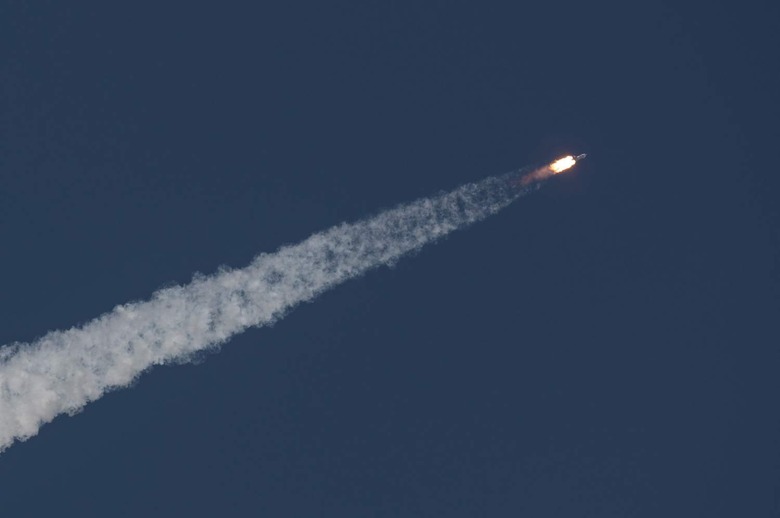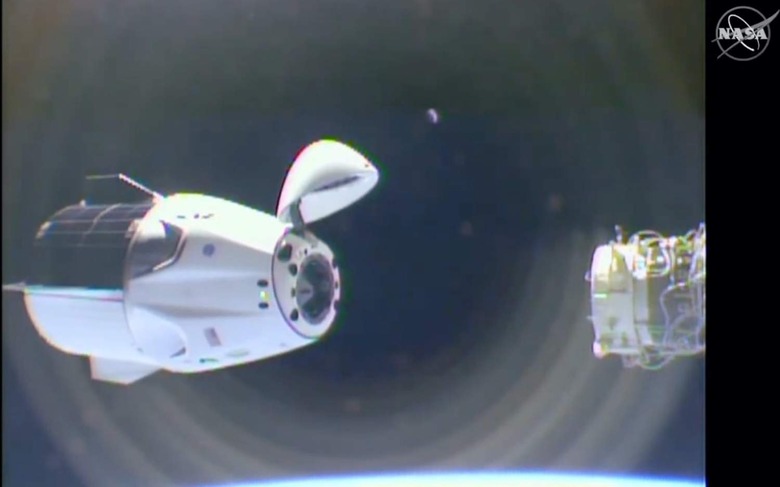New International Space Station Crew Docks Safely As Things Get Crowded
The International Space Station is looking a little crowded this week, with a NASA astronaut two Russian cosmonauts safety arriving at the orbiting science platform and bringing its current occupant count to 10. The three new residents – NASA's Mark Vande Hei and Roscosmos' Oleg Novitskiy and Pyotr Dubrov – launched yesterday on a Soyuz MS-18 spacecraft.
That blasted off in the early hours of the morning, US-time, on Thursday, from Baikonur Cosmodrome in Kazakhstan. It took two orbits and roughly three hours for the spacecraft to dock with the ISS, using the Russian Rassvet module.
The crowding will only be temporary, however. The three new additions will join the Expedition 64 crew already onboard the International Space Station. Officially, Expedition 65 will begin on Friday, April 16: that's when NASA's Kate Rubins, Roscosmos' Sergey Kud-Sverchkov, and departing station commander Sergey Ryzhikov will all leave the space station. At that point, NASA's Shannon Walker will take over as commander.

There'll be a ceremony marking the changeover on Thursday, April 15, at 3:45pm ET. The three new ISS residents will remain aboard for six months, if all goes to plan, carrying out various research and engineering tasks. A further four more people will arrive in late April aboard the SpaceX Crew Dragon.
That will be Crew-2, which is scheduled to launch on Thursday, April 22. Crew-1, meanwhile, which demonstrated the functionality of NASA's commercial crew program and the Crew Dragon specifically, will leave on April 28. NASA and the astronauts previously moved the Crew Dragon currently docked at the ISS to a different port on the space station, so as to clear the area for a future mission.

Typically, the ISS has a compliment of six people aboard, though it's designed to sustain a larger cohort during handover periods like this one, and in case of emergency. Making sure there's sufficient capability to get the crew of the space station back to Earth is a key consideration. Though the Crew Dragon maneuver earlier this month was autonomously carried out, for example, Crew-1 was aboard as it happened. That was in case, for some reason, it was unable to return and dock again with the ISS, so as to not leave Crew-1 stranded.
Accommodations for the International Space Station crew are spread across the various modules that combine to make up the facility. Though the Unity connecting module is where the NASA and Russian crew come together to have communal meals, four berths are in the Harmony module and two in the Zvezda module.
